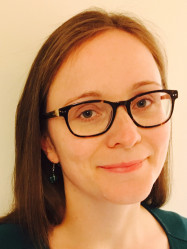BibTex format
@article{Tarzia:2022:10.1039/D2CC00532H,
author = {Tarzia, A and Jelfs, K},
doi = {10.1039/D2CC00532H},
journal = {Chemical Communications},
pages = {3717--3730},
title = {Unlocking the computational design of metal-organic cages},
url = {http://dx.doi.org/10.1039/D2CC00532H},
volume = {58},
year = {2022}
}

